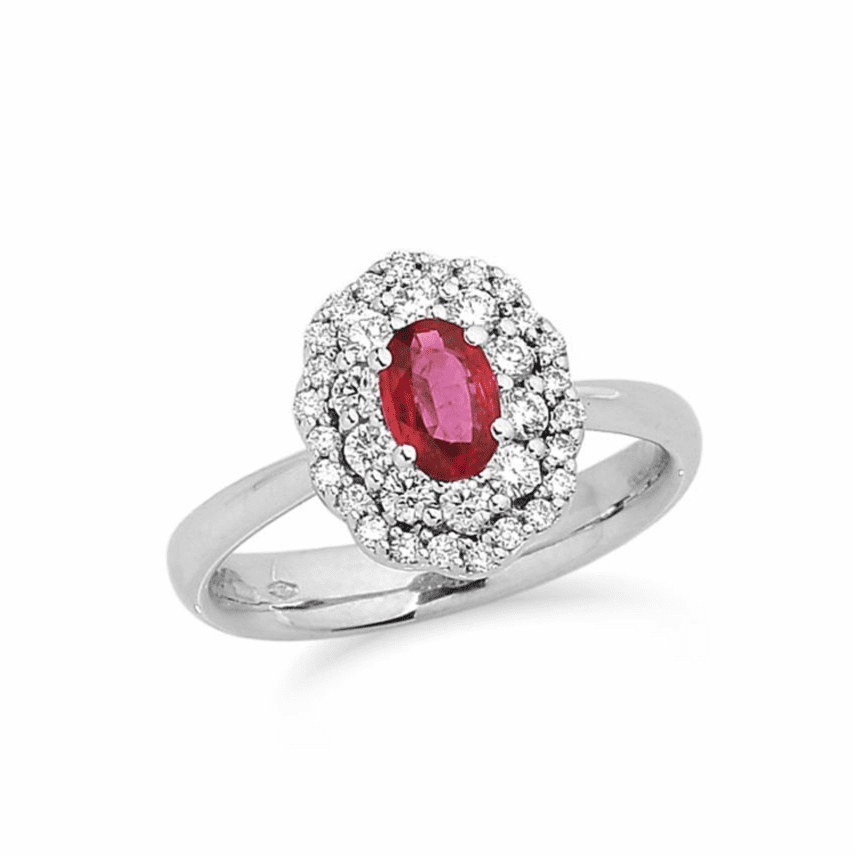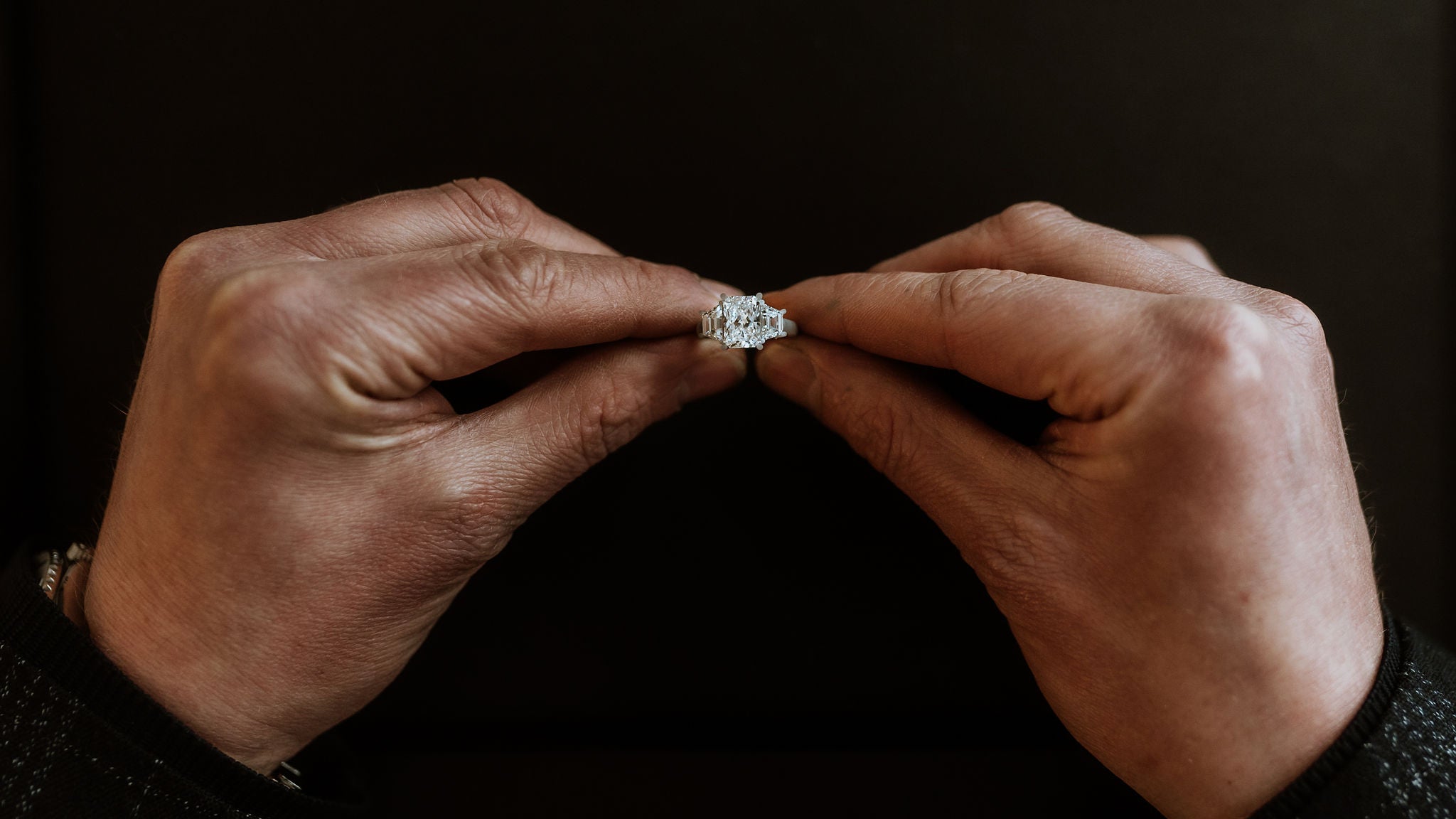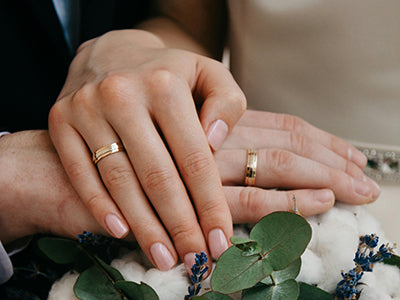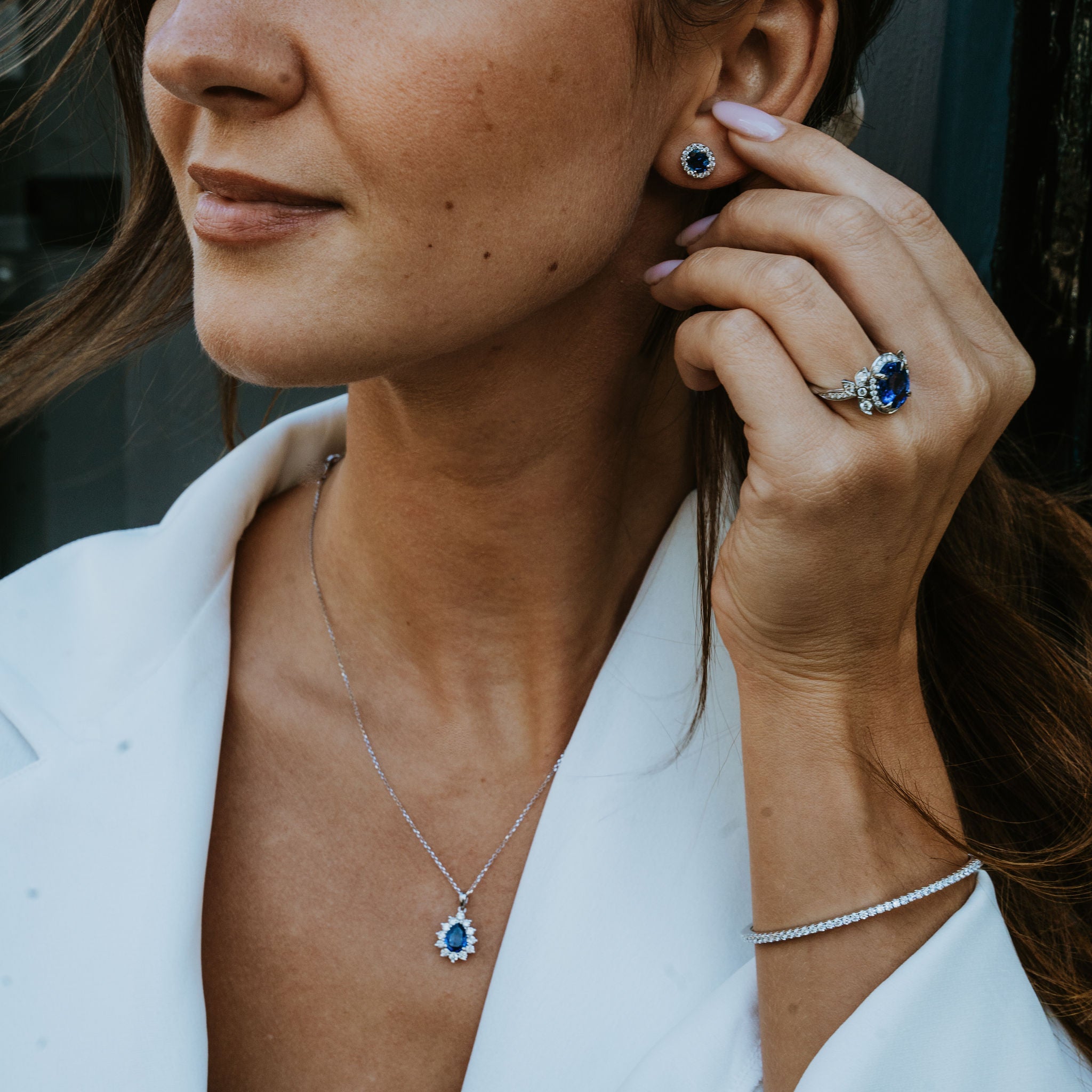
There are many wonderful gems out there, but some have a particular appeal for jewellery wearers, either because of their reputation, colour, quality or a combination of all these things.
Rubies certainly fall into this category. One of the most precious stones, they are, like sapphires, a form of the mineral corundum. However, while sapphires get their blue colouration from iron and titanium, rubies get their red colour from chromium, a substance that turns other gems (like emeralds and tourmalines) green.
Different concentrations of chromium mean there is some colour variation in rubies from orange to purple, but it is the familiar blood red that captivates so many and makes a wonderful gem to embed in a ring or a necklace.
The Qualities Of Rubies
As well as their attractive appearance, rubies are very practical for their use in jewellery. Corundum scores 9 on the Mohs hardness scale, beaten only by the 10 scored by diamonds, which are the hardest of all.
This is a key reason why rubies and sapphires are so valuable and popular in gemstone jewellery. Indeed, rubies attract a higher price per carat at auction than any other gemstone except coloured diamonds.
All of these qualities make rubies highly sought after. Naturally, this means jewellery with rubies in will cost more. When making a purchasing decision or seeking bespoke jewellery, you may weigh up the pros (popularity, beauty and robustness) and cons (higher price) of rubies and their many alternatives, which may be more than some people realise.
If you do want an alternative but like the colour of rubies, the good news is there are many other red gems out there. Some bear a close resemblance to rubies, some are a bit different and some have a distinct character and appearance all of their own that may appeal to you.
The Hunt For Red Alternatives
Among the gems that look most like rubies are spinels, which bear such a similarity that they have often been mistaken for rubies. Indeed, the Timur Ruby found its way into Britain’s most precious jewellery collection, the Crown Jewels, before the discovery in 1851 that it was actually a spinel.
The resemblance is clear enough, as both are transparent and deep red, but although spinels are rarer than rubies, they are not as precious. One reason is the substance is not as hard, although at 8 on the Mohs scale, it is still tougher than emeralds and undoubtedly makes an excellent jewellery option.
Garnets are another popular red jewellery option. Their colour is more of a dark red than ruby, although they have been confused at times. This silicate-based gem has been popular for thousands of years, as archaeological discoveries from Egyptian, Greek and Roman times have shown. It was also highly popular in England during the Anglo-Saxon period.
You can also get red diamonds, which are the most valuable gems of all. But these are exceptionally rare as they arise from structural imperfections rather than mineral intrusion, so these are not likely to be an option and certainly not a less expensive alternative to a ruby.
Further Red Options
Other familiar stones that are usually or sometimes available in other colours but do come in red varieties include tourmaline, topaz, onyx, beryl and amethyst.
Other transparent or translucent red gems include andesine labradorites, red bixbite and red apatite. The latter, however, is only useful for infrequently worn jewellery, measuring just 5 on the Mohs scale. Another red gem, cinnabar, reaches just 2-2.5 on the Mohs scale (about the hardness of a human fingernail) and therefore never gets used for jewellery.
The more opaque red gems include carnelian, with its deep, blood-red colour that makes it popular in a variety of jewellery, or red agate, which is usually banded with one or more other colours, but occasionally available in a single red shade. The same is true for Jasper.
These variations also mean it is possible to have jewellery in very different styles. A gleaming red ruby or similar gem like a garnet or spinel may be perfect for a glamorous occasion, while a more restrained occasion may still be brightened up with jasper or carnelian.
Simply Red
Choosing the right red gem is not necessarily a one-off affair. It may be for a big ticket item like an engagement or wedding ring. But if you or your loved one has a penchant for red, there is no reason not to mix things up, perhaps by pushing the boat out for a ruby-encrusted ring for that special reason and other red gems for different reasons and occasions.
The glory of rubies can never be underestimated, but the range of alternatives may be much broader than you could have imagined.





